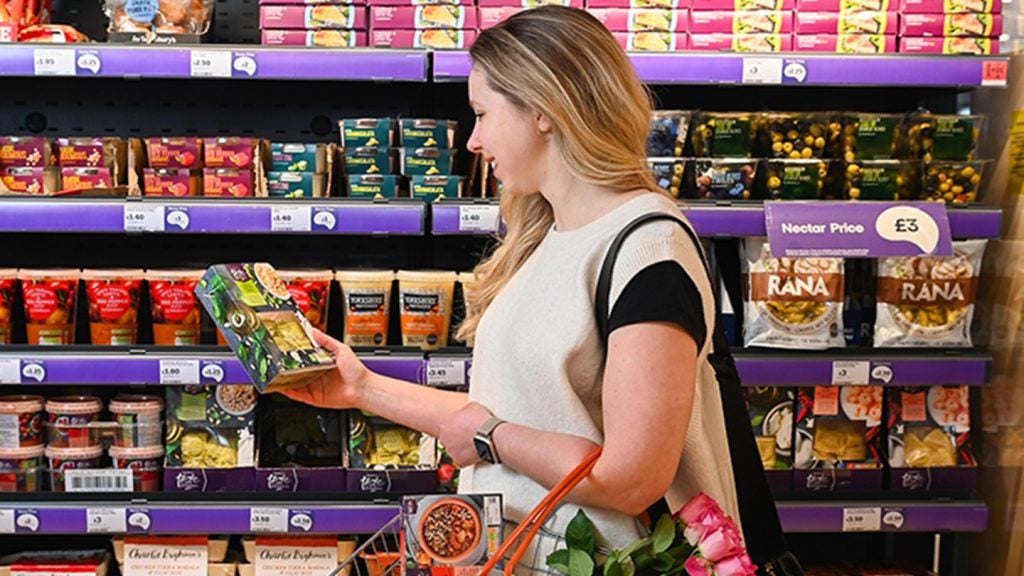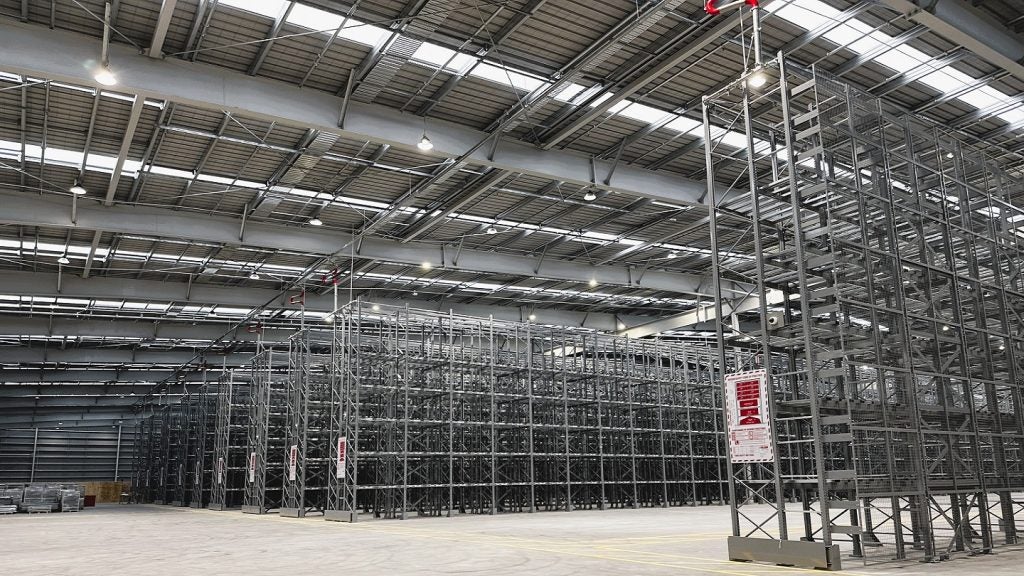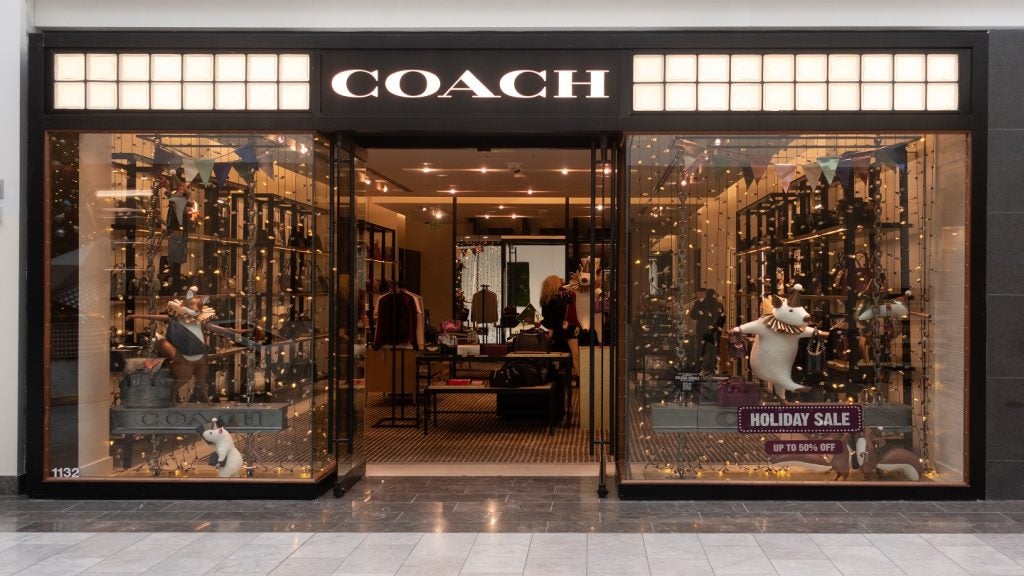The top three retail themes in 2025 will be international trade, the changing role of stores and opportunities online, according to a new report.
GlobalData’s Top Themes in Retail and Apparel 2025 report also predicts that AI, geopolitics, environmental, social and governance (ESG), mergers and acquisitions, social media and resale will be among the most important themes for the sector.
International trade
Of the nine themes identified as key for global retail in 2025, the report points to the impact on international trade of the re-election of Donald Trump as the next US President as the most significant. This is due to the "America First" policies he will enact. In his second term, Trump is not only planning to increase tariffs on imports from China – initially imposed during his first term, which ran from 2017 to 2021 – but to impose tariffs on global imports.
“Trump’s proposed tariffs will cause major issues for retailers, who operate highly globalised supply chains, adding significant import costs that will ultimately be passed on to the consumer,” states the report. “This will cause inflation, reduce demand and dampen volume growth. The tariffs could also lead to a global tit-for-tat trade war whereby countries will be allowed to bargain for no or lower tariffs.”
The report goes on to note that Trump’s election and the likely subsequent global trade war puts no region in a more precarious position than Europe. In addition to facing new tariffs from the US itself, it can also expect to see an influx of goods from China that have been displaced from the US – as was the case during Trump’s first term. Europe would likely have to respond with tariffs of its own to level competition, raising prices for consumers and exacerbating the trade war.
“In the face of adversity, Europe may be forced to kickstart a much-needed rejuvenation of domestic manufacturing,” the report suggests. “The continent will require a unified approach with a heavy fiscal stimulus from European financial institutions to do so. However, this will not be easy in a divided Europe with conflicting approaches to US and China relations. Weakening US commitments to its allies and direct burden-sharing disputes with NATO may offer Beijing a better hand in tariff negotiations with a divided Europe.”
The changing role of stores
GlobalData’s report notes that retail stores and in-store shopping have proved more popular with consumers than had been expected in the post-Covid era. It adds: “the role that stores play in the consumer shopping journey is changing and will continue to be a major point of investment for retailers in 2025.”
Stores are no longer necessarily simply places for sourcing and purchasing goods, but can form part of a much broader shopping journey that often involves touchpoints across multiple different channels. With this in mind, they must form part of an omnichannel strategy for all but the smallest retailers. Relatedly, retailers must also consider the experiences offered in stores, their physical nature offering something that digital channels cannot, and younger consumers valuing physical experiences adjacent to shopping itself.
“Stores that provide experiences for consumers are set to continue to be popular in 2025 and beyond,” the report outlines. “Experiential retail is, in essence, a strategy whereby physical stores offer additional experiences beyond browsing or buying products. This can take on many forms, such as in-store events, concept stores, food and drink offerings and creating communities that can congregate in stores.”
It is also noted that consumers’ expectations of how stores operate are rising too, with the report advising that “the efficiency and overall experience within an in-store shopping journey can be make-or-break for retailers.
“Features such as efficient click and collect options, digitalised checkouts that make purchasing faster and reduce queues, and tech such as in-store apps can aid the overall equity of a brand or retailer if the consumer has a positive experience.”
Opportunities online
Despite the evolving value consumers place on in-store shopping, online retail continues to grow. GlobalData estimates it will make up 15.5% of total retail spend in 2024, and that figure is forecast to rise to 16.8% in 2028.
Of the opportunities online for retailers, the report points to quick commerce (q-commerce: delivering products to consumers as quickly as possible) and marketplace models as two of the biggest recent developments.
“Food and grocery is the sector where q-commerce has the greatest potential due to the demand for convenience and the urgent nature of many purchases,” the report explains. “Although this trend started with a boom in specialised q-commerce companies during the pandemic (such as Getir and Gorillas), many of these collapsed and the developments have since been led by grocers, both by investing in their own capabilities and through third parties.
“However, investment in q-commerce is not limited to food and grocery, with consumers increasingly wanting fast deliveries of items like health and beauty and DIY products too, capitalising on the urgent nature of many of these purchases.”
The notes that there has been a growth in the number of retailers offering marketplaces in recent years, “following in the steps of Amazon”. This approach, it points out, allows retailers to offer more products to consumers without having to invest in expanding their own product offerings.
“This goes one step further than stocking third-party brands, as marketplace models offer benefits to the retailer, like not having to store these additional products,” the report says. “Online marketplaces can be seen as starting to replace the role of department stores in countries where spend is shifting online, with them being able to offer an even wider range of products and brands than traditional department stores.”













